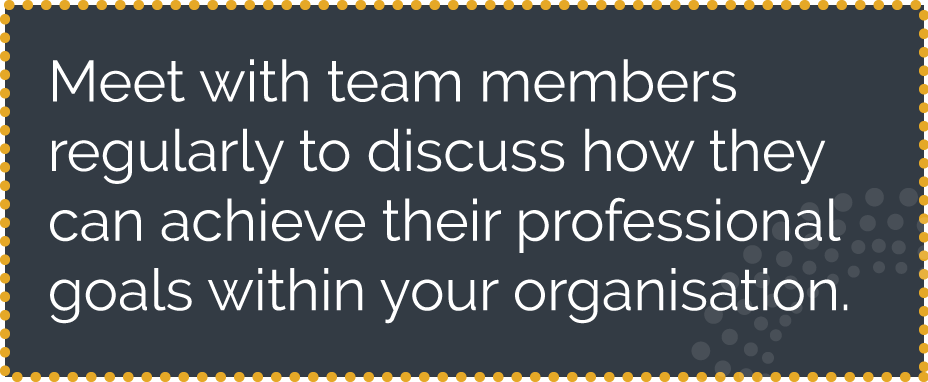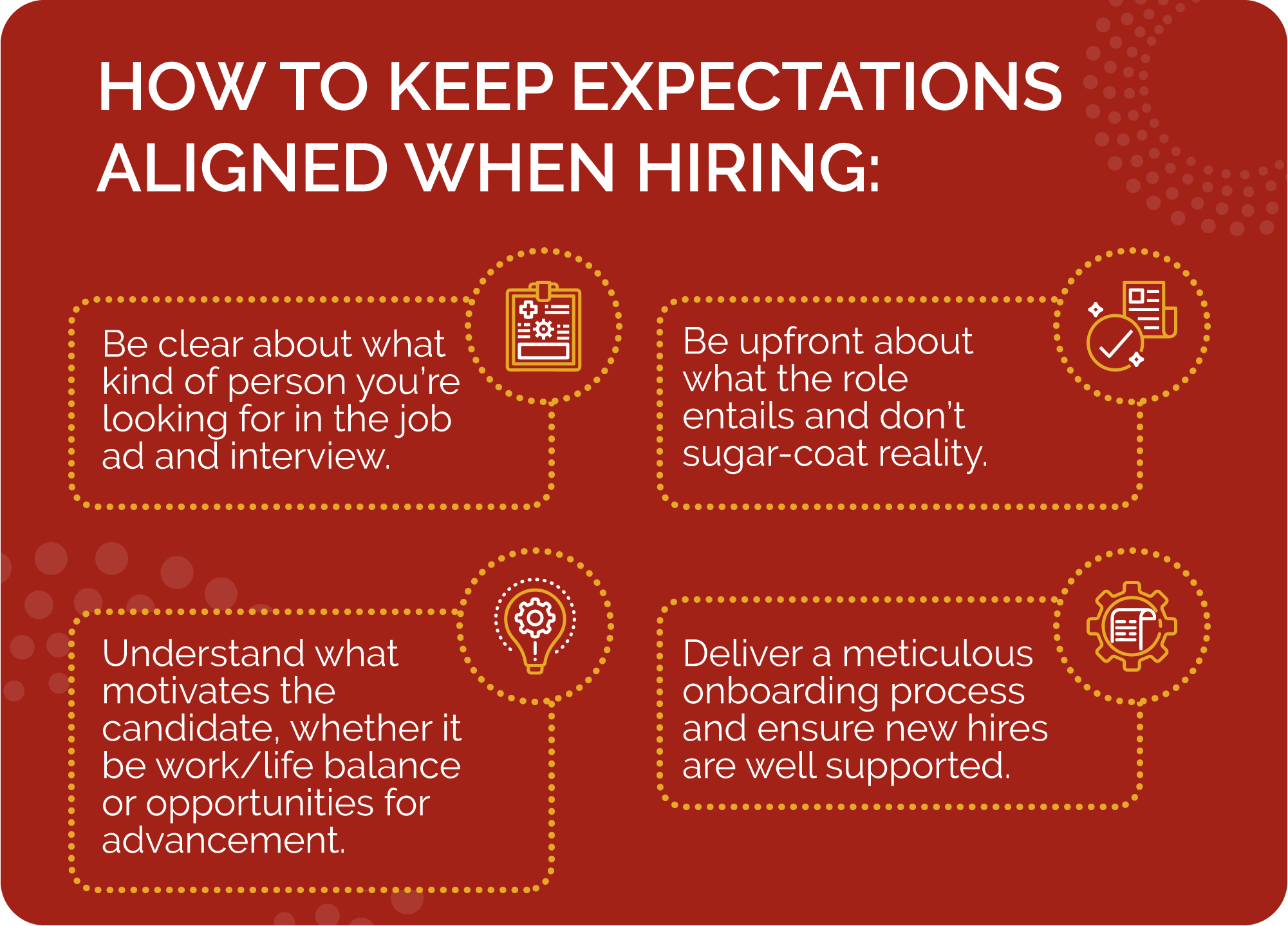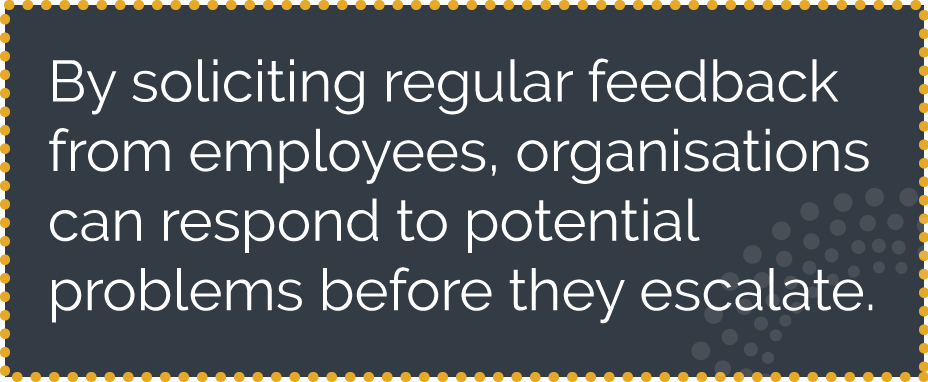The costs of employee turnover are increasingly high in today’s market and extend far beyond monetary costs to the very fabric of the business. The payoff for employee retention, however, is even higher, with organisations enjoying myriad benefits that range from increased productivity and better performance to improved morale and a stronger company culture – all of which can have a direct impact on the bottom line.
By prioritising employee retention, businesses can hold onto talented people who will continue to drive their success in the long term. So, how do you win the retention battle? Here are our key recommendations for how to retain top talent.
1. Leverage the Right Benefits and Rewards
Rewards and benefits play a significant role in keeping employees engaged and motivated at work. While financial incentives (including competitive remuneration) are a good place to start, keep in mind that rewards don’t have to be monetary to be effective as an employee retention strategy. Verbal praise, an employee of the month program or even a simple “thank you” can often be just as meaningful. When people feel that their contributions are appreciated, they tend to be more motivated and loyal to their employer.
When it comes to perks and benefits, the possibilities range from discounted gym memberships and Friday office lunches to annual bonuses. However, one of the most impactful (and most valued by employees) is flexible work arrangements. Whether it is work-from-home opportunities, job sharing or variable start and finish times, flexibility can go a long way towards keeping people engaged in your business.
2. Be Intentional About Progression and Development
Top employees want to know that they have a future with your organisation and that you’re invested in their professional goals – specifically, through opportunities for growth, advancement and development. As such, ongoing learning needs to be a core value of the business. From internal training and mentorship to formal education programs, giving your employees chances to learn and upskill can help them feel more valued and invested, and can be a powerful incentive to stay.
 While training can help people acquire new skills, it’s also important to provide a clear path for progression. Are there opportunities for advancement throughout the organisation? Which employees are likely to play a key role in the future of the business? How does employee retention and advancement fit within the overall corporate vision? We recommend keeping progression pathways flexible and meeting with team members regularly to discuss how they can achieve their professional goals within your organisation.
While training can help people acquire new skills, it’s also important to provide a clear path for progression. Are there opportunities for advancement throughout the organisation? Which employees are likely to play a key role in the future of the business? How does employee retention and advancement fit within the overall corporate vision? We recommend keeping progression pathways flexible and meeting with team members regularly to discuss how they can achieve their professional goals within your organisation. 3. Create a Culture of Communication
One commonly underestimated employee retention strategy is fostering a culture of transparent feedback and communication. This is the foundation of many other retention efforts and should be in place well before an exit interview becomes necessary. People want to know that they’re involved in the company’s developments, that their wellbeing matters and that their perspectives are valued.
Although this communication can come through employee engagement surveys and official feedback sessions, casual conversations and informal digital forums (e.g. a dedicated channel of MS Teams) can be equally as effective. However you choose to approach it, focus on questions such as:
- How do you want your career to develop in the future?
- Are you happy with your current responsibilities and the work environment?
- Are there any tasks you want to do more of?
- Do you feel that your daily work has a direct impact on business outcomes?
- Are you satisfied with your relationship with your direct manager and co-workers?
-
What changes would you like to see going forward?
By soliciting regular feedback from employees, organisations can respond to potential problems before they escalate, help people feel more connected to the success of the business and boost loyalty and satisfaction.
4. Recruit Strategically
The issue of how to improve employee retention starts long before someone’s first day – it begins with hiring the right people and setting clear expectations from the outset. Identifying the qualities that will fit into your culture and long-term strategy and then using these as a guide during the selection process is key for making good hiring decisions, ensuring you bring on people who will remain impactful and engaged for the long haul.

The recruitment process inevitably lays the foundation for the future relationship between the company and its employees, so providing a positive candidate experience is vital. The easiest way to ensure a consistent journey is to partner with a specialist recruiter who will act as an extension of your brand, liaising with applicants throughout each stage, maintaining clear, honest communication and matching the right people with the right roles.
Ultimately, the steps you take now will shape the success of your employee engagement and retention strategy thereafter. Reach out to us today to learn how we can help you attract and retain the very best Indigenous and non-Indigenous talent in Australia – your business is sure to be stronger, more productive and more harmonious as a result.





